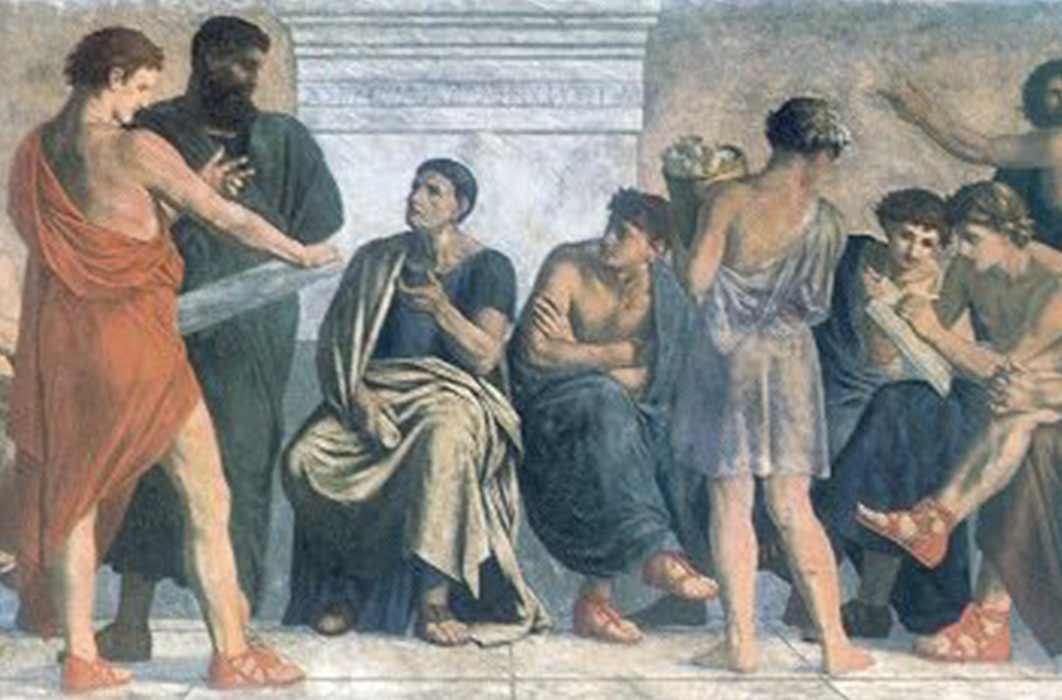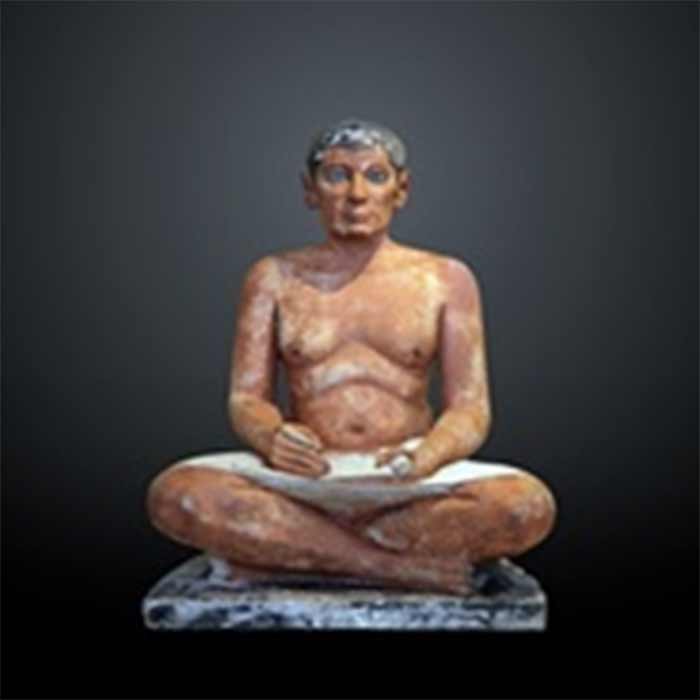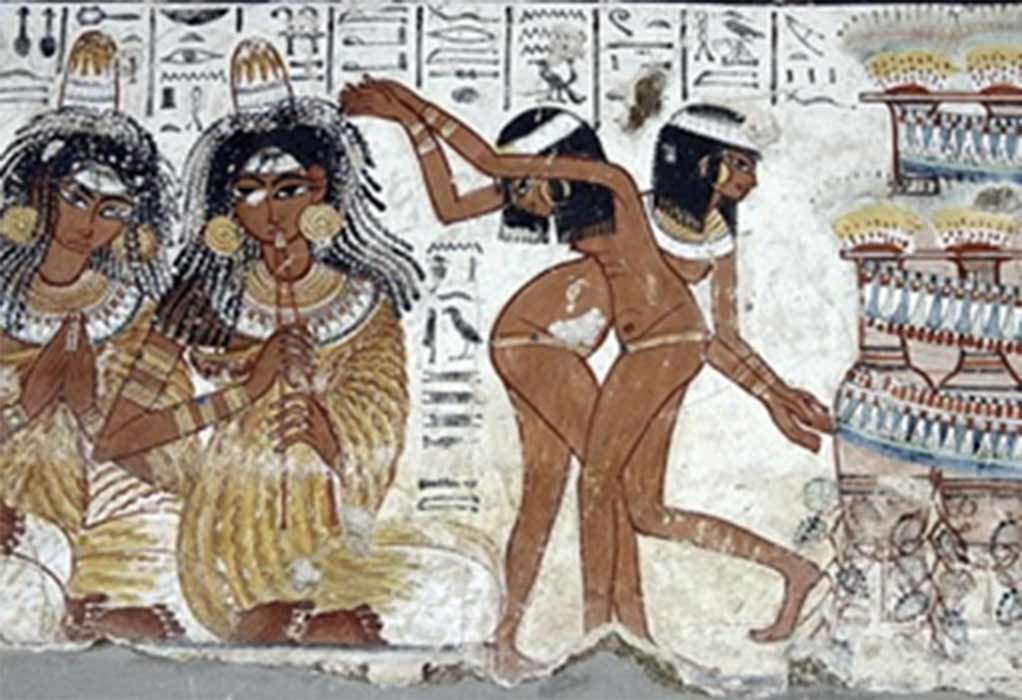
Ubiquitous Ancient Education: Training Young Minds And Bodies
What was school like in the ancient world? In the pre-covid-age, the enduring general image of attending school for most pupils is one of learning in a classroom with a group of fellow students with a teacher in the front of the classroom teaching subjects such as mathematics, science, history and so on. A year of schooling would be punctuated by examinations where one’s ability to retain their education is tested. Evidently, this is does not necessarily work for everyone as the mere idea of school and academic examinations may sometimes be unpleasant to some people. Philosopher Jiddu Krishnamurti (1895 – 1986), for example, condemned competitive education as destructive and absurd. However, the concept of putting students together in one location for learning purposes existed even in the ancient world.

Ancient school built according to the Egyptian and Greek manners by Giovanni Battista Piranesi (1750) Metropolitan Museum of Art (Public Domain)
Ancient Egyptian Scribe Schools
Perhaps the earliest form of formal schooling was developed in Egypt's Middle Kingdom under the direction of Kheti, treasurer to 11th Dynasty’s King Menthuhotep II (2061-2010 BC), to educate future scribes. Boys from scribal families and families of the upper classes started early with their schooling. An ancient Egyptian boy’s education commenced between the ages of five and ten years and lasted until he was between 12 and 16 years of age, which would also have been the time of circumcision as transition to adulthood. Although female scribes existed in the entourage of a queen of the 13th Dynasty, the girls did not seem to follow the same method of schooling as the boys. In elite families, girls may have been taught by special tutors such as the example of the tutor Senenmut who was very likely appointed by Thutmose II to teach the princess Nefrure, the daughter of Hatshepsut. Apart from teaching the children themselves, tutors also acted as guardians to the children.

The Seated Scribe: painted limestone and inlaid quartz. Louvre(CC BY-SA 3.0)
A work of didactic ancient Egyptian literature named The Satire of the Trades, compiled in the Middle Kingdom, extolled the virtues of the professions of the scribe and named it as superior to all other professions. Although the work is a satire, the profession of a tutor was an attractive option to boys and their parents as it provided a relatively easy access to the career path of the high-status position of a scribe.
Girls from elite families would receive training in singing, dancing, and musical instruments. There was a royal position in the Sixth Dynasty called Rawer which is described as being a seba (teacher) of the royal singers. Reliefs in tombs of ancient Egyptian musicians and dancers sometimes show them with their female students. The best known of these tombs is in the Middle Kingdom tomb of the sekhedi (instructor) of singers named Khesuwer at Kom el-Hisn, which shows him giving lessons in sistrum playing and hand clapping. These girls could have gone on to have careers as musicians such as Hemetre, a high-ranking woman at the end of the Fifth or the Sixth Dynasty, who was an imi-ra (overseer) of female singers.

Naked female dancers in a painting from the Tomb of Nebamun (Public Domain)





